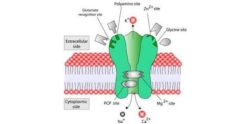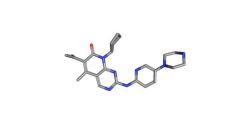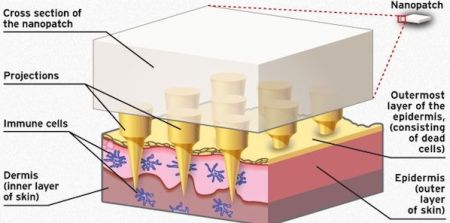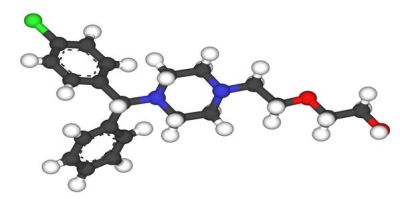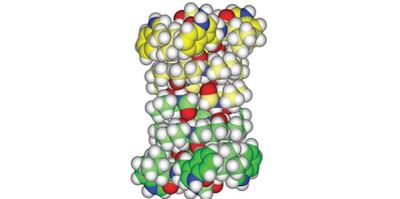Emerging technologies are helping pharmaceutical companies to develop needle-free vaccines that are more efficient to use compared to vaccines that are delivered via traditional methods (i.e., needles and syringes).
Drug delivery technologies that improve access and overall efficacy have become an essential part of the entire drug development process, according to an industry report from Frost & Sullivan, a leading international business consulting firm.
Currently, the needle-free delivery sector makes up only a small fraction of the total drug delivery market. The next five to 10 years will see transdermal and intradermal systems (patches and degradable implants), inhalers, fast-dissolving tablet vaccines, and pulmonary delivery methods transform the vaccine industry, the Frost & Sullivan report says.
Current Delivery Methods Inefficient
Certain forms of needle-free vaccines, such as gene guns, liquid jet injection and micro-needles, are already in the market. However, experts say such delivery methods are rather inefficient in view of the cell damage caused during administration and the inability to consistently and directly deliver vaccines.
As more formulations for needle-free deliveries become available, industry watchers say this will accelerate the move towards the efficient delivery of drugs using needle-free devices. "Significant advancements have been made, most of which have centred on addressing patient comfort levels and increasing the adoption of self-injectable therapies," said Frost & Sullivan Healthcare Research Analyst Swathi Allada.
A number of vaccine manufacturers, especially those marketing to countries where cold-chain storage is a problem, are keen on developing thermostable vaccines with a long shelf life. The nanopatch, for example, removes the need for refrigeration as the thermostable vaccine is formulated in dry form, making transportation much easier and cheaper than traditional needles.
Nanopatch: Smaller Than a Postage Stamp
The nanopatch is a micro-needle patch consisting of very small, densely packed micro-projections with a defined geometry. A vaccine is coated onto the nano patch which is smaller than a postage stamp and "getting smaller", which can deposit a vaccine to thousands of skin immune cells without causing damage to cell membranes in the process.
"The nanopatch achieves precise, controlled and consistent skin penetration along with rapid dissolution and diffusion of the vaccine," Allada noted. Tests in animals have shown that the nanopatch-delivered flu vaccine "is effective even with 1/150th of the dose normally given through a traditional syringe," said Allada.
The next step is to wrap up clinical trials on humans so nanopatch vaccines can obtain Food and Drug Administration (FDA) approval. When this happens, the technology will gain wide acceptance from both patients and doctors, ultimately altering the course of vaccine delivery globally.
Source: Frost & Sullivan
Image Credit: The University of Melbourne
Latest Articles
vaccine, nanopatch, needle-free, drug-delivery
Emerging technologies are helping pharmaceutical companies to develop needle-free vaccines that are more efficient to use compared to vaccines that are del...

